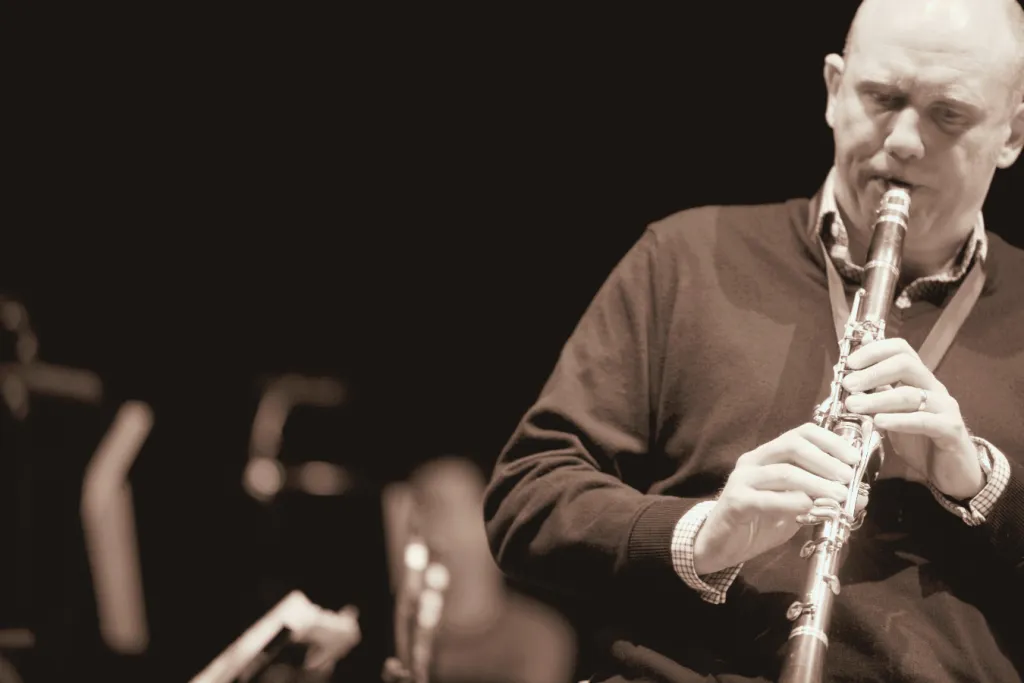An orchestra is a large ensemble of musicians who play various instruments to create a beautiful and harmonious sound.
The orchestra is divided into four main sections: the strings, woodwinds, brass, and percussion.
Each section has its own set of instruments, and the number of instruments in each section can vary depending on the size and type of orchestra.
One of the most important instruments in the woodwind section of an orchestra is the clarinet.
The clarinet is a versatile instrument that can play a wide range of notes and tones. It is often used to play melodies, harmonies, and solos in classical music, jazz, and other genres.
The number of clarinets in an orchestra can vary depending on the piece of music being played and the size of the orchestra.
The Clarinet in the Orchestra
The clarinet is a woodwind instrument that is commonly found in orchestras. It has a unique sound that is often associated with jazz music, but it is also used in classical music.
The clarinet is a versatile instrument that can be used to play many different types of music.
In an orchestra, there are usually four clarinets. The clarinet section is an important part of the woodwind section, which also includes the flute, oboe, and bassoon.
The clarinet is a transposing instrument, which means that the notes it plays sound different from the notes written on the sheet music.
The clarinet has a range of three octaves and can play both high and low notes.
It is capable of playing fast runs and intricate melodies, as well as slow, lyrical passages. The clarinet is often used to play solos in orchestral pieces.
The clarinet section in an orchestra is made up of different types of clarinets. The most common type is the B-flat clarinet, but there are also other types, including the E-flat clarinet and the bass clarinet. Each type of clarinet has a different range and sound, which allows the section to play a wide variety of music.
The Role of the Clarinet in Classical Music
The clarinet is an essential instrument in classical music. It has a unique sound that blends beautifully with other instruments in the orchestra.
The clarinet family includes different sizes and pitches, ranging from the BB♭ contrabass to the E♭ soprano.
In the classical period, the clarinet was transformed from a rarely seen baroque instrument into an essential piece of the classical ensemble. Beethoven, Berlioz, and Mahler are some of the most famous composers who used the clarinet in their works.
They recognized the instrument’s versatility and ability to convey a wide range of emotions.
The clarinet’s role in classical music can vary depending on the composer’s intention.
It can be used as a solo instrument, in a small ensemble, or as part of the orchestra. In some pieces, the clarinet is used to provide a melodic line, while in others, it is used to create a rich harmonic texture.
The clarinet’s ability to blend with other instruments makes it an essential part of the woodwind section in the orchestra.
It is often used in combination with the flute, oboe, and bassoon to create a beautiful and intricate sound. In some pieces, the clarinet is also used to provide a contrast to the strings or brass section.
In conclusion, the clarinet plays a vital role in classical music. Its unique sound and versatility make it an essential instrument in the orchestra. Composers have recognized its potential and have used it to create beautiful and emotional pieces of music.

